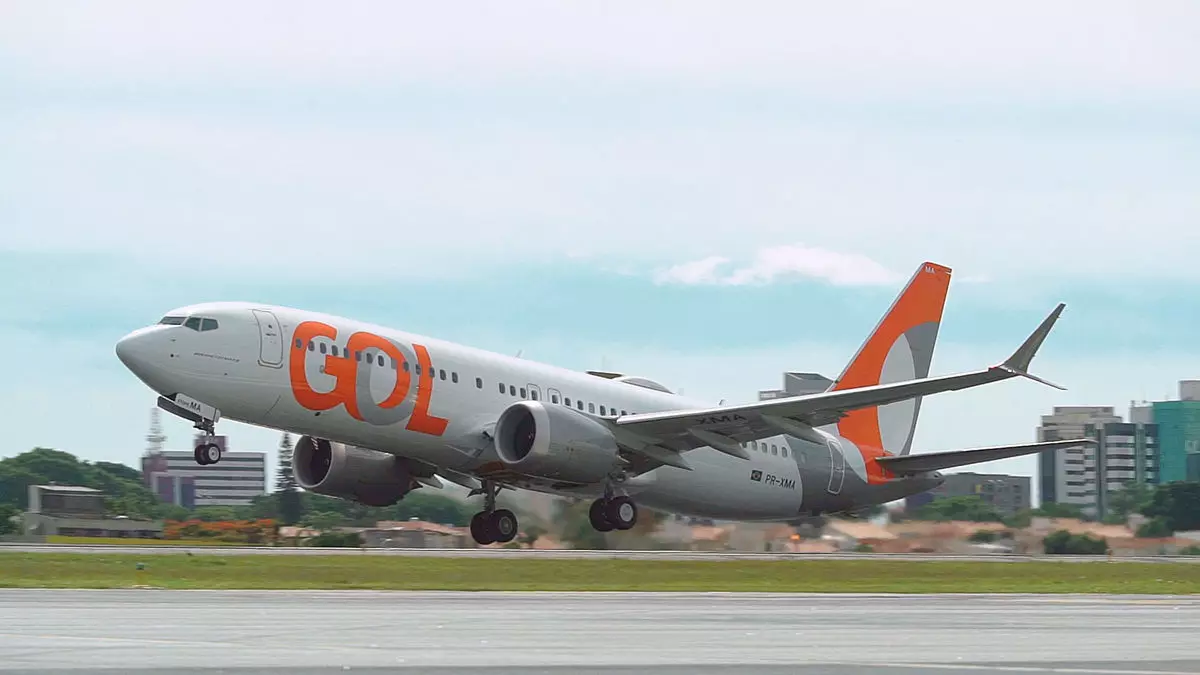In a significant development for the aviation sector in Brazil, two major airlines, Azul and Gol, have initiated a preliminary agreement to merge their operations for both domestic and international flights. This move, encapsulated in a nonbinding memorandum of understanding, sets the stage for extensive negotiations aimed at delineating the economic framework of this partnership. While intriguing, the agreement remains tentative; it will only culminate in a final agreement contingent upon regulatory permissions and corporate endorsements. Furthermore, Gol’s recent Chapter 11 bankruptcy filing—just a year ago—adds a layer of complexity that necessitates the airline completing its restructuring before any merger can proceed.
A pivotal player in this narrative is the Abra Group, which holds a majority stake in Gol and is also the primary investor in Colombia’s Avianca. Abra Group’s Chief Financial Officer, Manuel Irarrazaval, has articulated a clear vision—that this merger is part of a broader strategy to strengthen their foothold in the Brazilian aviation market. By consolidating resources, both airlines aim to bolster their competitive edge, enhance customer experience, and expand their global reach. This ambition reflects a calculated move to carve out a more significant presence in an industry that is increasingly characterized by consolidation.
An essential aspect of this prospective merger is the operational autonomy that each airline would maintain. Despite the financial collaboration, both Azul and Gol would continue to operate under their respective brand identities and separate operating certificates. This unique fusion facilitates a coordinated network strategy while respecting the individuality of each airline. The vision is ambitious; collectively, they expect to encompass over 200 destinations, allowing for enhanced connectivity not just within Brazil but extending to international markets as well.
a Meaningful Market Impact
If realized, the amalgamation of Gol and Azul would create a significant entity within the Brazilian aviation market, commanding an impressive 61.4% of the projected passenger share in 2024, as reported by the Rio Times. This critical mass effectively positions them to overshadow other competitors, most notably Latam Airlines, which currently trails behind in market share. The combined fleets—Gol’s 137 Boeing 737 aircraft and Azul’s 188 diversely-configured planes—are poised for a synergistic operational strategy aimed at amplifying capacity and service quality.
Antitrust Concerns and Future Considerations
However, the proposed merger is not without its challenges. Given its substantial market share, it is likely to attract scrutiny from antitrust authorities concerned about the possible ramifications for competition in the Brazilian aviation sector. The airlines assert, nonetheless, that their union would promote rather than hinder market growth by facilitating more flight options and improved services for consumers. As negotiations progress, stakeholders will be closely monitoring the unfolding situation to assess the long-term implications for the Brazilian airline industry. The potential alliance between Azul and Gol could reshape the trajectory of air travel in Brazil, reflecting both the complexities and the opportunities inherent in the rapidly evolving global aviation landscape.

